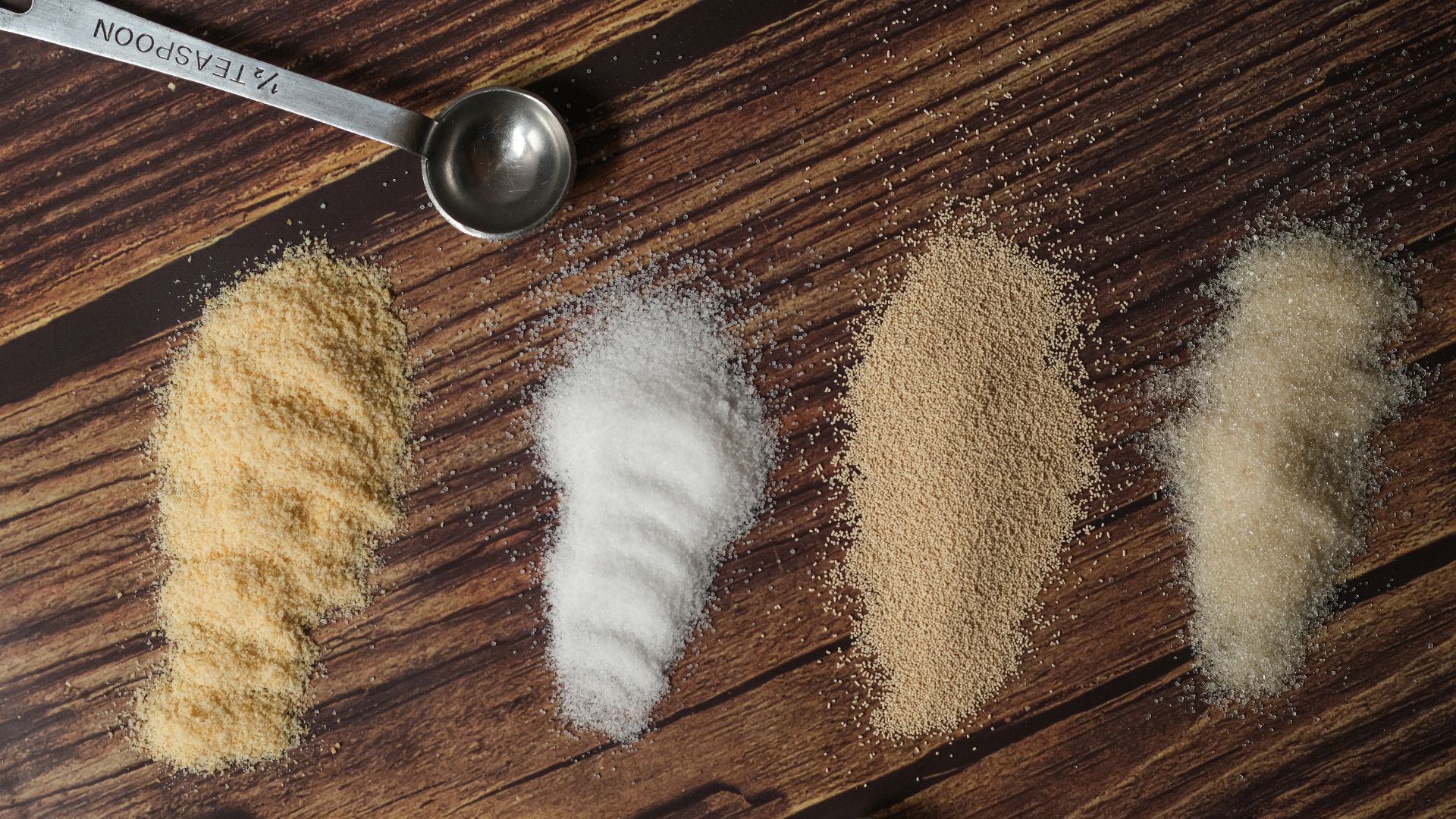Introduction to Affordable Stroke Recovery Devices
Recovering from a stroke is a challenging journey that requires a mix of medical care, therapy, and supportive devices. The importance of stroke recovery devices cannot be overstated, as they play a critical role in helping individuals regain mobility, strength, and independence. However, the cost of these devices can be a significant barrier for many. This article aims to explore affordable stroke recovery devices, offering insights into how they can make a meaningful difference without breaking the bank.
Understanding the Need for Stroke Recovery Devices
Stroke recovery devices are essential tools in the rehabilitation process, designed to aid in the recovery of motor skills, cognitive functions, and overall physical health. These devices can range from simple aids like grip trainers to more sophisticated equipment such as robotic exoskeletons. The primary goal is to support the relearning of movements and functions that may have been impaired due to a stroke.
Key benefits of using stroke recovery devices include:
- Enhancing mobility and strength
- Improving coordination and balance
- Facilitating daily activities and independence
- Supporting cognitive rehabilitation
While high-end devices offer advanced features, affordable options can still provide significant benefits, making rehabilitation accessible to a wider audience.
Types of Affordable Stroke Recovery Devices
There are various types of stroke recovery devices available at different price points, each designed to target specific areas of recovery. Some of the more affordable options include:
- Hand and Finger Exercisers: These simple tools help improve grip strength and dexterity, crucial for performing everyday tasks.
- Balance Boards: Used to enhance balance and coordination, these boards are effective in rebuilding lower body strength.
- Resistance Bands: Affordable and versatile, resistance bands are excellent for improving muscle strength and flexibility.
- Therapy Balls: These are used for various exercises aimed at improving core stability and coordination.
Each of these devices offers unique benefits, and when used as part of a comprehensive rehabilitation plan, they can significantly aid in recovery.
How to Choose the Right Device for Your Needs
Selecting the appropriate stroke recovery device depends on several factors, including the individual’s specific needs, the severity of the stroke, and personal rehabilitation goals. Here are some considerations to keep in mind:
- Consult with Healthcare Professionals: Always seek advice from doctors or therapists who can recommend devices based on medical assessments and rehabilitation plans.
- Assess the Device’s Functionality: Ensure that the device targets the specific areas you need to improve, such as mobility, strength, or coordination.
- Consider Ease of Use: The device should be user-friendly and safe, especially for individuals with limited mobility or strength.
- Budget Constraints: While affordability is key, it’s important to balance cost with quality and effectiveness.
By carefully evaluating these aspects, individuals can make informed decisions that align with their recovery journey.
Conclusion: Empowering Recovery with Affordable Devices
Stroke recovery is a complex process that requires determination, support, and the right tools. Affordable stroke recovery devices offer a practical solution for individuals seeking to enhance their rehabilitation efforts without incurring prohibitive costs. By understanding the types of devices available and making informed choices, stroke survivors can improve their quality of life and regain independence. As technology advances and more affordable options become available, the path to recovery becomes more accessible, empowering individuals to overcome the challenges posed by strokes.






